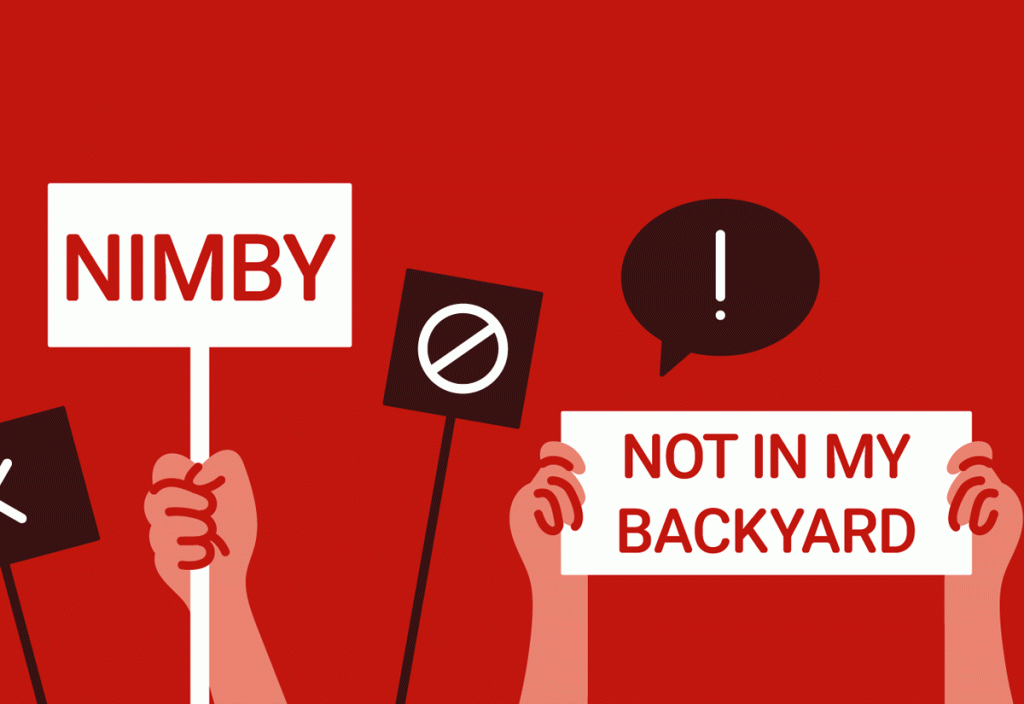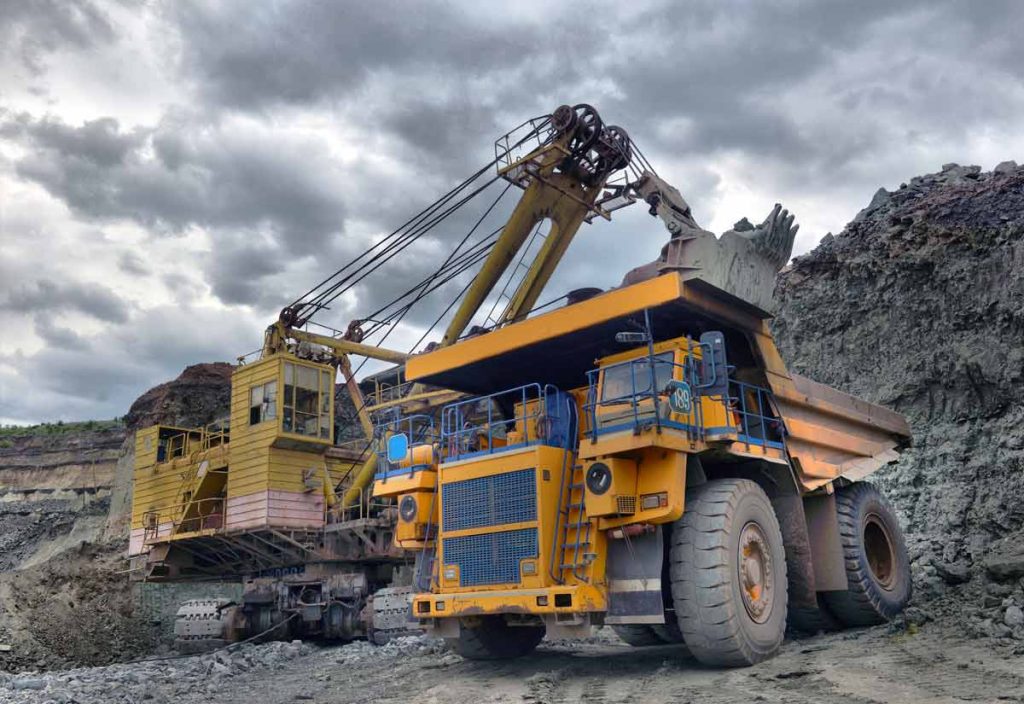Bitcoin vs Gold But Blockchain Can Benefit Precious Metals Mining
From an investment point of view, Bitcoin and data mining are serious rivals to gold and precious metals mining. The surging popularity of Bitcoin had prices peaking at an astounding $19,783.06 in December of 2017, which was enough to tempt even the most conservative investors to cash in their gold coins for Bitcoins.
But that was then and this is now.
Those who held on to gold for traditional reasons, as a hedge against falling stock prices, for instance, managed to avoid a roller coaster ride that may yet prove to end up as a free fall for crypto-currency enthusiasts.
As of this writing, the bubble has burst and the enigmatic crypto-currency has plummeted to $6,382.49 as inherent vulnerabilities come to light regarding security in the peer-to-peer digital cash system. Hacking and money-laundering scheme fears have dragged down Bitcoin and all of its fellow cryptocurrency facsimiles, while gold remains, well, as good as gold.
In fact, 2018-2019 forecasts are predicting higher prices for the world’s favorite yellow metal as investors realize an extremely volatile pseudo-commodity which can be outlawed overnight in many countries is a poor substitute for the universal value which gold always has and always will hold.
But the rivalry between Bitcoin and gold for investment capital is just one aspect of how the precious metals sector is affected. It’s the technology behind Bitcoin which can have a substantial impact on the overall mining industry as we know it.
Blockchain Technology and the Future of Mining
While Bitcoin may have taken a bite out of the precious metals market, the blockchain technology behind it may prove to be a timely and powerful tool for mining companies facing increasing environmental compliance demands and stringent social and governing standards. Innovative industrial applications for blockchain, the continuously updating ledger, can be deployed across the board in mining enterprise operations from across-the-border financial transactions and streamlined administration to cybersecurity and physical asset protection.
Blockchain For Mineral Supply Chain Transparency
According to an August 2018 report at Mining Weekly, a study by Fitch Solutions predicts that blockchain’s biggest growth potential will be realized “in its ability to help miners improve transparency across mineral supply chains, an increasingly important consideration as the industry becomes more consumer-conscious.” Global industry leaders such as BHP Billiton and DeBeers are already experimenting with these blockchain solutions.
Blockchain For Cybersecurity in Mining Operations
Even prior to any blockchain innovations, today’s mines are increasingly digitalized, as smart technology goes wireless for applications ranging from precious metals detection, remote condition monitoring, remote equipment operation, and personal safety protection for the mining workforce. Also, not to mention corporate financial transactions conducted online. All of that cloud-based digitalization streamlines operations, but it can also open the door to hacking. Blockchain technology may provide the most secure cyber lock for that door.
By eliminating the vulnerable central authority of the client-server models inherent in the present IIoT (Industrial Internet of Things) blockchain can remove the single point of attack which hackers hone in on for DDoS (Distributed Denial of Service) attacks that can bring an operation to a halt. With blockchain, critical data is distributed and continuously updated across the entire network for unsurpassed redundancy.
Protecting and Monetizing Physical Assets With Blockchain
Physical assets at risk can be secured with blockchain technology to prevent tampering with orebodies and illegal mining. Blockchain can identify an existing ore body, divide it into cubic segments, and record the data across the redundant blockchain network. Once the ore body quantities are verified by a trusted third party on site, the value of the orebody can be entered into the ledger and “tokenized” (monetized) on the blockchain. The orebody is physically tagged and linked to the blockchain for continuous monitoring which enables detection of any tampering with valuable physical assets. As ore is shipped through the supply chain, blockchain streamlines the process.
About Resource Erectors
At Resource Erectors we specialize in connecting mining professionals with North America’s industry-leading mining companies. We also recruit the top talented professionals in engineering, operations management, and technical professionals for the civil construction, manufacturing, and minerals processing industries. When you’re ready to advance your career to the next level or build your next dream team, don’t hesitate to contact us.








